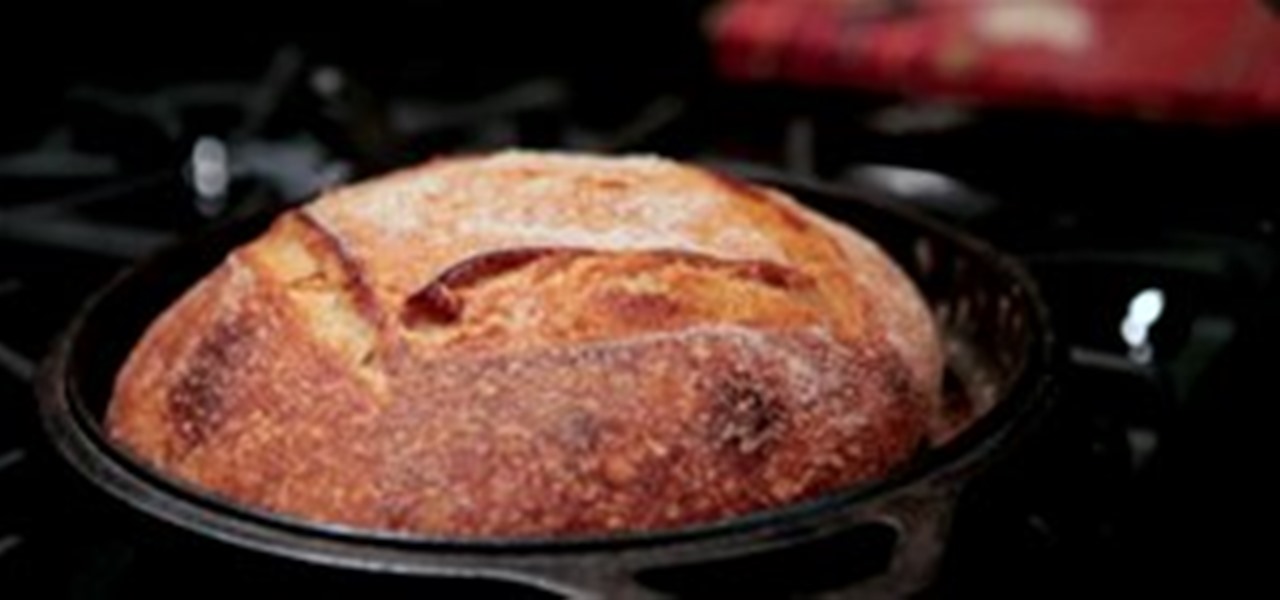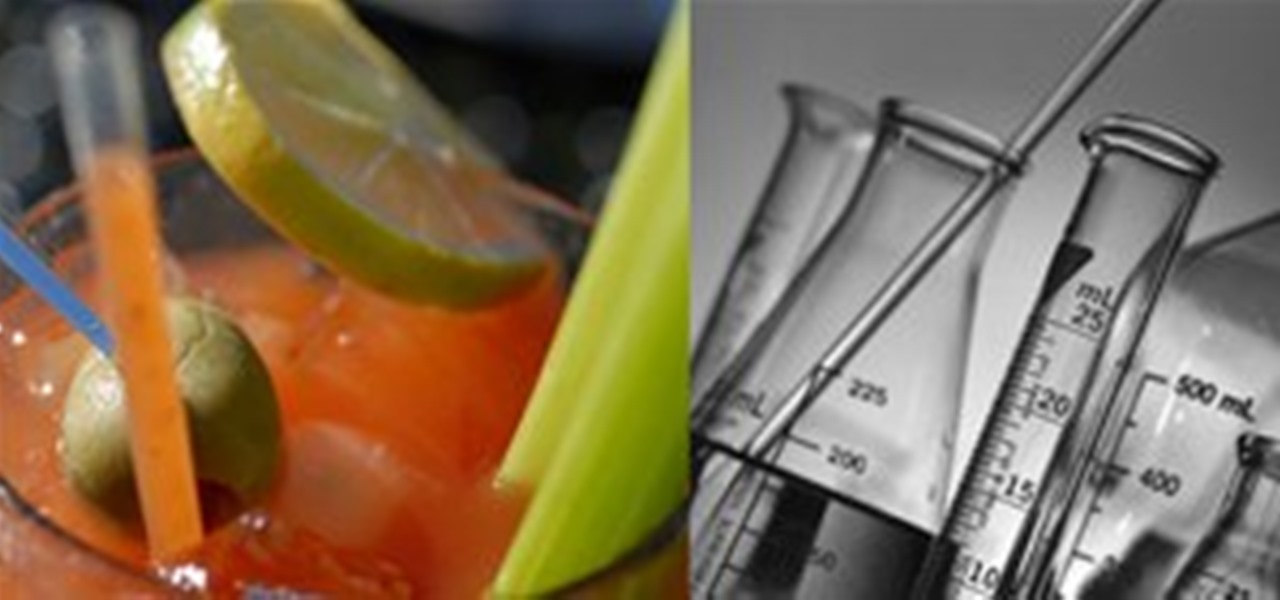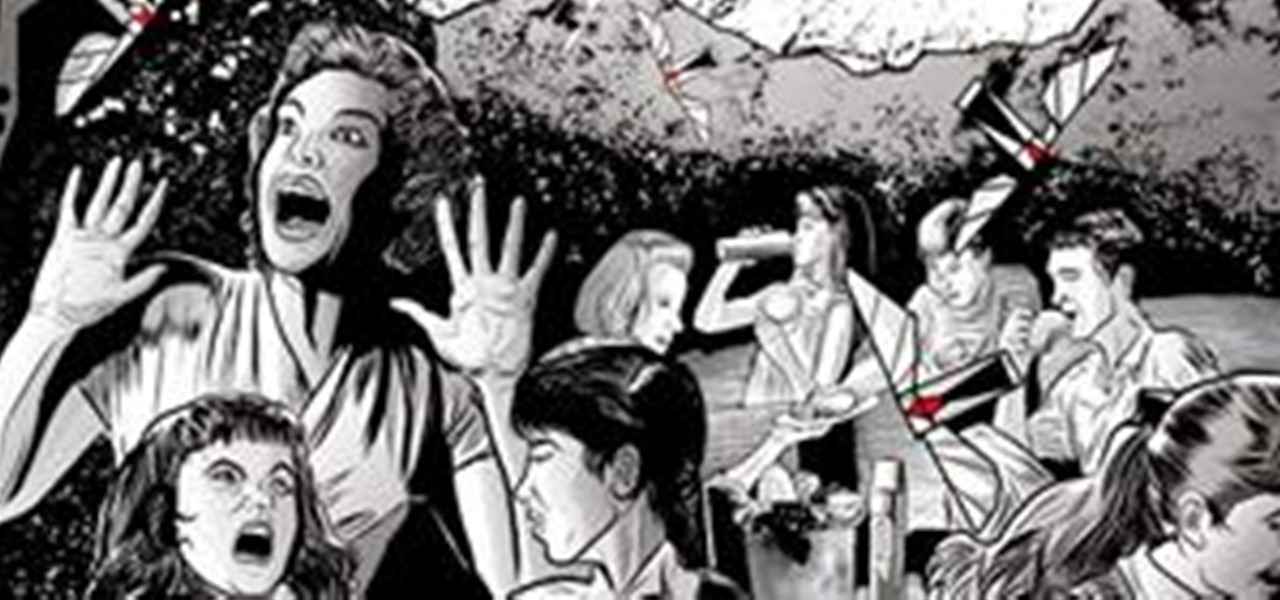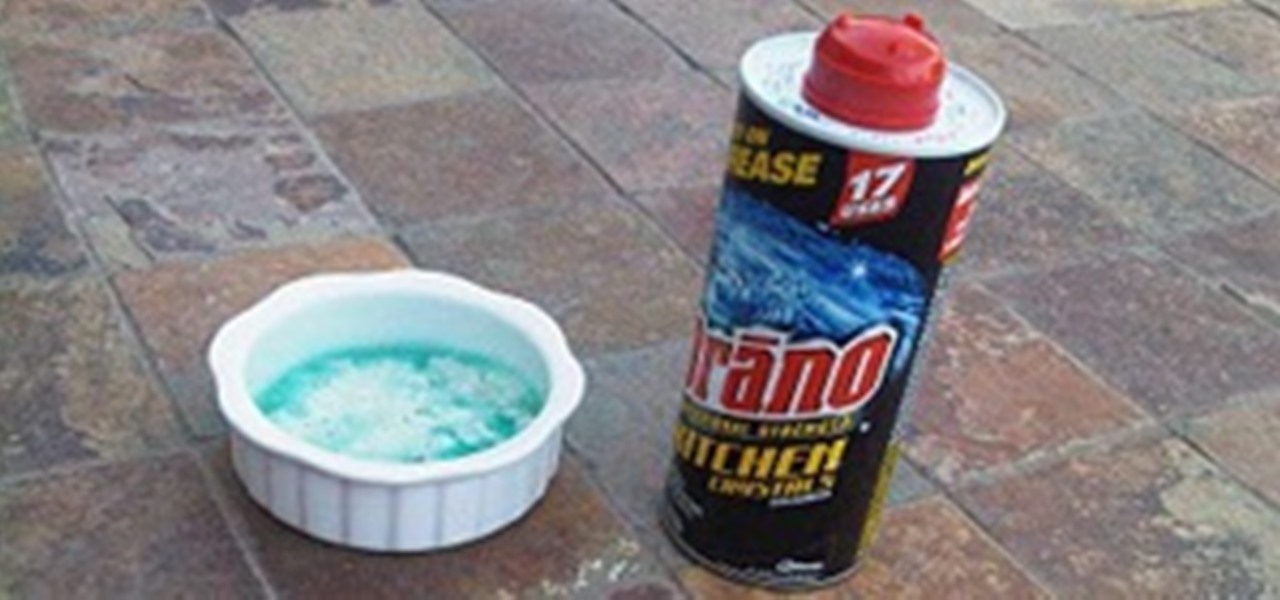
Unfortunately, I'm a little behind schedule on my pizza dough making mission, but I promise - more experiments coming soon! In the meantime, here's a beautiful video about the nuance that goes into bread making, as demonstrated by famed San Francisco baker Chad Robertson of Tartine Bread. Bread and pizza dough go hand-in-hand, and I've been thinking about picking up the Tartine cookbook for some time now. As I mentioned above, the nuance that goes into the process is really pretty remarkable....

A perfect Bloody Mary on a Sunday morning could be the best thing that ever happened to the human race. It's tangy, it's sweet, it's spicy...and there's alcohol. Need I say more? Flavor chemist Neil C. Da Costa's latest project is to investigate the taste sensations created by Bloody Mary ingredients and create tips for making the best Bloody Mary humanly possible.

Innovative or downright frightening? Popsci examines five of the world's scariest science experiments-in-progress.

The only thing better than successfully pulling off a new experiment is doing it with household materials. You get to laugh in conceit as professional scientists everywhere spend all their grant money on the same project you just accomplished with some under-the-sink chemicals! However, there are times when DIY gets dangerous. Some household chemicals are not pure enough to use and some are just pure dangerous. Let's take a look at two problems I have encountered in the course of mad sciencing.

I have looked into this several times because I find it interesting to think about how the tongue works when making a recipe. I say "looked into" it because I wouldn't really describe it as research. How the flavors are going to be perceived can affect how you might want to layer the flavors in your dish. This information mostly comes from an artical in How Stuff Works website. There are several parts of the tongue that you need tobe familiar with when you study it.






